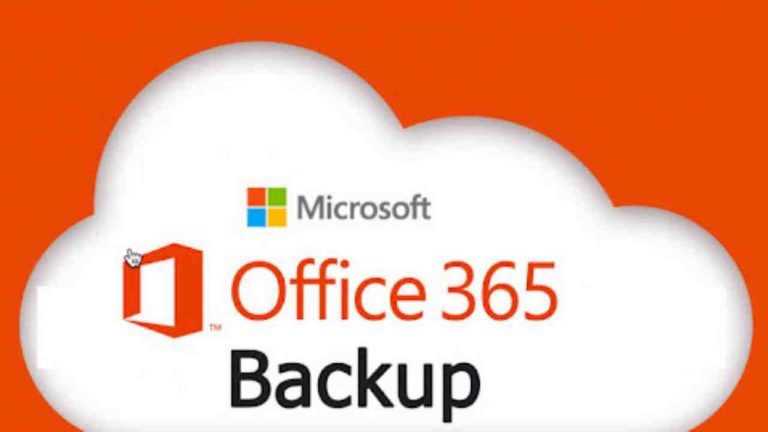
Image by Gerd Altmann from Pixabay
You can spend all the time perfecting your product, getting your storefront or website perfect, and sorting out your cash flow forecast and business plans, but if you do not let the world know about your business, you will never get out of the starting blocks. If you want to succeed, you have to attract new and loyal customers. They can only become loyal if they come and try out your offering. Marketing is key to your success.
You do not need to be a student of business and marketing to have heard of the four Ps. Even a top-line look at marketing theories will lead you to them. Business leaders and entrepreneurs know that if they get these right, they are in with as good a chance as any of bringing a successful product to market.
The four Ps are:
Product
Price
Promotion
Place.
In ever more crowded marketplaces, the four Ps are even more essential than when they were originally defined and bundled together as ‘the marketing mix’. Their fundamental principles are one of the keys to a successful business. Over the years, the techniques and methods may have changed, but the elements are foundational.
It is worth bearing in mind that no amount of good promotion will allow you to retain customers if the offering does not live up to the promise. Remember to define your target market, so you know who you hope to sell to and what they will be expecting. Then align your communications and promotions with their expectations and your core brand values. There is no point promising the comfort and smoothness of Rolls Royce if what you are selling is Beach Buggy. Remember, it is horses for courses – that way, you can ensure your message matches your offering.
How and where (place) you sell your products or services (product), and at what price are vital elements of your business plan. These are all interconnected and held together by promotion and communication. For example, a company might run a price-led or location-specific promotion. The same business might run a different offer on one specific product range or a brand-building promotion across the entire business range. You can use promotions to make your customers and potential customers aware of your brand values and USP. Success comes down to good, clear communication. Overly complicated mechanics will not cut through.
Inexperienced marketers can be in danger of using sales promotion as a sticking plaster rather than a strategic tool. Promotional activity should not be slapped on at the last minute when sales are not what you wanted. While there is a place for tactical promotional activity, promotional should be properly planned and integral to the marketing strategy and business planning.
In their broadest sense, promotions can be divided into ‘added-value’ and ‘price-promotions’. Price promotions mean you are cutting into your profit margins and giving a slice to the customers. If your strategy is to do this, all well and good as you will have costed it in and started at a higher price enabling you to make reductions. However, if you constantly discount to shift deadstock at or below cost price, you will not remain in business for very long. Cost-cutting promotions might bring in new customers, but they might then head off to your competitor as soon as prices return to normal. On the other hand, added-value promotions can enhance your brand values, attract new customers and keep them coming back for more.
Added-value promotions offer customers something extra. To make them work for you, you want to ensure whatever the ‘extra’ on offer enhances your brand and is a good tie-up. This type of promotion can be an excellent way to tempt new customers to buy something from you or for an existing customer to try something new. In these situations, price promotion can be seen as instant gratification while the benefit of value-added to the customer can take a little longer to be sensed.
Promotions are a good way to get people to try your offering. If you have a physical product, you might do this by handing out free samples in-store or at an event. This allows the customer to try the product firsthand. Fast-moving consumer brands are experts at this, employing field-promotions staff in shopping malls and stores. Shoppers are handed food or drink to try and often a coupon to get some money off their first purchase – this means the customer is incentivized to buy on the spot. Artisan makers and producers also offer free samples at food fairs and street markets to entice people to their stands.
Online businesses are not so different. The promoter is still looking to attract customers and encourage purchases through trial. They then need to make their site ‘sticky’ so the customer hangs around and spends more money.
Online casino sites are experts at this kind of promotional activity. The UK has a relatively mature online gambling market, but new players are always looking around for the first time. The operators offer players a casino UK bonus code which allows them to ‘try before they buy’. In particular, no deposit bonus codes enable customers to try out games and potentially win real money. Some bonus codes allow customers to play for free, but they then need to make a deposit and keep playing before they can withdraw their winnings
Drop and social media
Fashion companies have always been the masters of promoting their brands. Rather than creating value-added promotions, they make the new range the promotion in its own right. Fashion brands create plenty of upfront hype, so people can barely wait for the latest products. The rise of social media means this kind of promotion is accessible to smaller, breakthrough brands and established big names. In addition, it does not always take a large budget. Teaming up with the right influencer could open up a whole new audience for your products and services.
Streetwear upstarts Kroen market their tracksuits and t-shirts under “Whatever the Business” and create humorous videos to engage followers. This creates hype ahead of the next product launch. They then announce that a ‘drop’ will happen at a certain time and get people to register for a code to let them access the store. These promotions mean their ranges sell out in minutes and bring in new followers who do not want to be left out next time.
Price Promotions and When to Use Them
Sometimes price promotions are a good tool, but unless they lead to significant increases in sales, they should be reserved for slow-moving stock and shifting items that have been on your inventory for too long. Unless your business plan is a cost-cutting store, use price promotions as the tool of last resort.
Customers are savvy; they often prefer free delivery over a seemingly lower upfront price which inflates at the checkout. The delivery cost is loaded into the price and should not be a cost to you. It is just about how you communicate the price. You want to avoid basket abandonment which can happen if the customer gets an unexpected late surcharge.







